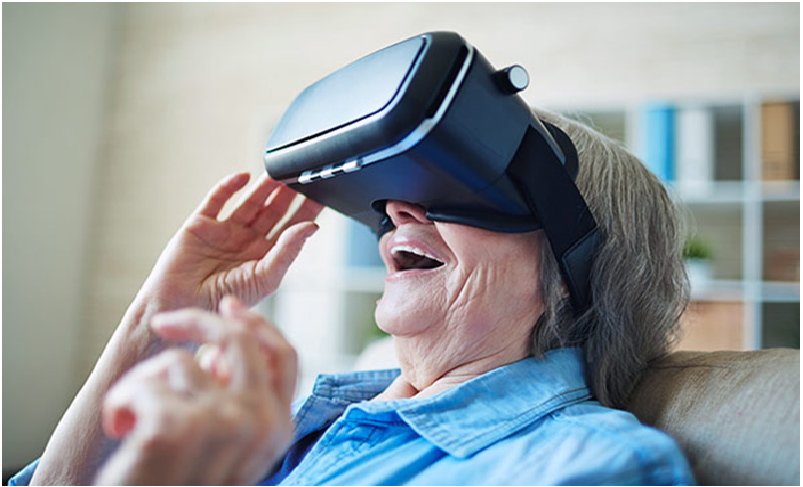Virtual truth or virtual reality (VR) and enhanced reality or augmented reality (AR) is developing innovations that change hospitality, schooling, business, interaction, and so on. This article covers the distinction between each sector and the recent advances that distinguish them hence, what best is to pick from virtual reality companies.
Virtual Reality
VR’s main components are a virtual world, immersion, sensory feedback and interactivity. VR generates the perception of being true or imagined in a distinct location. Sensory feedback, mainly sensory, provides a feeling of immersion to reduce the suspension of consciousness by the user. The other essential is interactivity, which allows consumers to communicate with this globe.
A headset and some sort of input device, attached to a laptop generating the virtual world, is the most prevalent form of virtual reality. This is the foundation frame for typical installations of virtual reality, but more input devices can contribute to the immersion.
VR has been already used in a number of other areas, including medical, army and business apps requiring extensive instruction. When such learning is costly, impractical or harmful, VR provides numerous possibilities for hands-on practice and education. The army often tests on infantry, drivers and other activities with VR fighting practice. NASA is being renowned for coach astronauts using VR.
Hospitals and surgeons have dealt with using VR for remote surgery, with a doctor using a VR GUI to monitor a patient’s robotic surgeon. For apps such as these requiring accuracy, entry and production one-to-one, the technology has to grow to become more practical and inexpensive.
Augmented Reality
Over the previous few years, AR has received more exposure. The Pokemon Go mobile phone game has become the go-to illustration of augmented reality, an app that utilizes the true environment for educational reasons and overlays it with information and pictures. While this implementation is a play, for both customers and companies, AR has the biggest capacity for practical applications.
AR has got more publicity over the past few years. The mobile phone game Pokemon Go has become the go-to illustration of augmented reality, an app that for instructional purposes uses the real atmosphere and overlays it with data and images. While this application is a game, AR has the largest ability for practical apps for both clients and businesses.
AR can link surgeons to other surgeons who perform the procedure, relaying information, directions, and pictures to their screens, like VR linking a surgeon and nurse directly. According to Reality Technologies, another form of augmented reality generates entry alternatives with which you can communicate, including projectors that overlay keyboards on desks or even your forearm.
The technology will culminate in one scheme where consumers can seamlessly move to their rooms between entirely digital settings, which are enhanced by information and graphics. Imagine joining a virtual meeting to pitch your recent concepts to colleagues around the globe who are witnessing it in an immersive environment as well.

